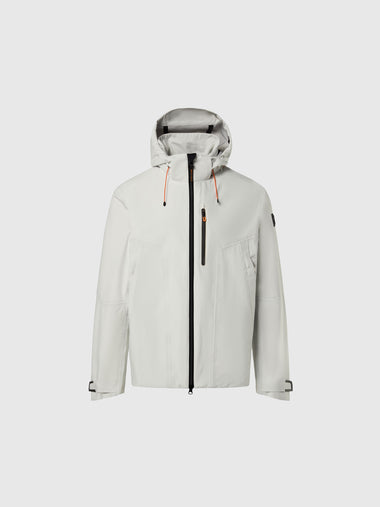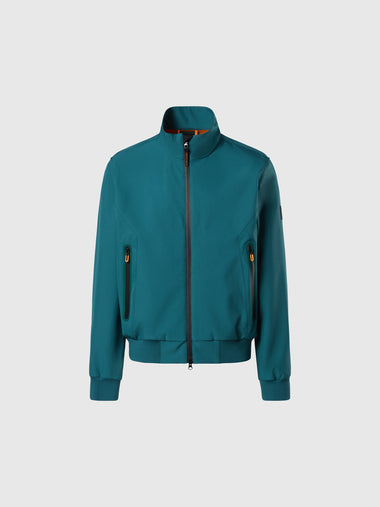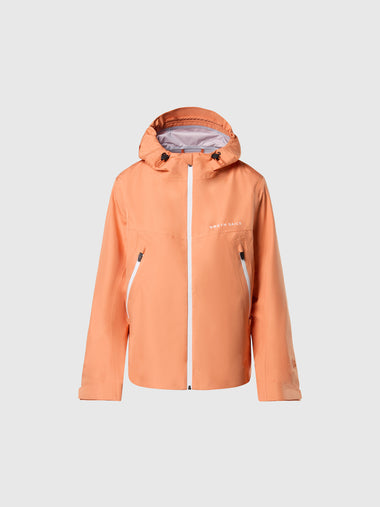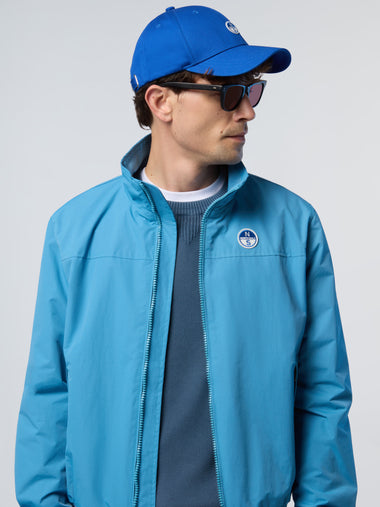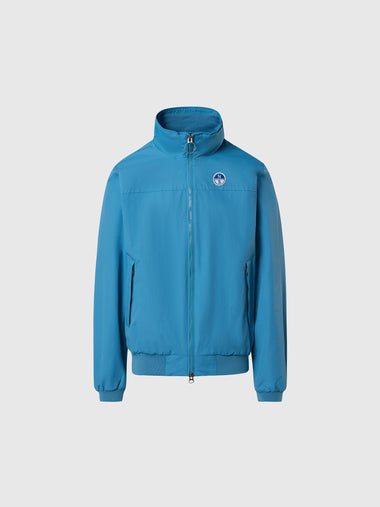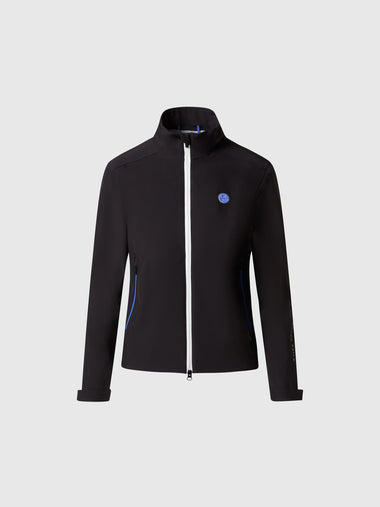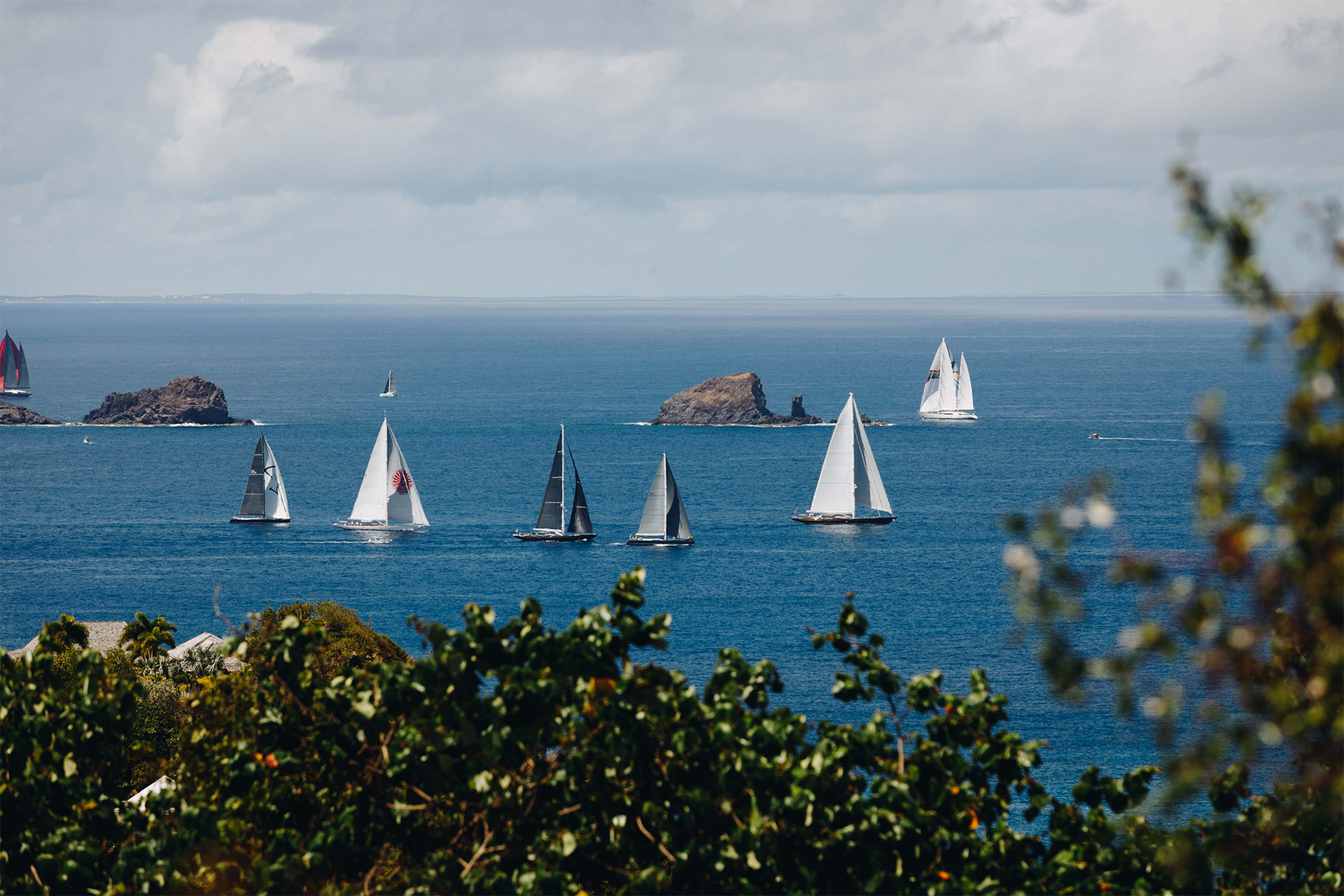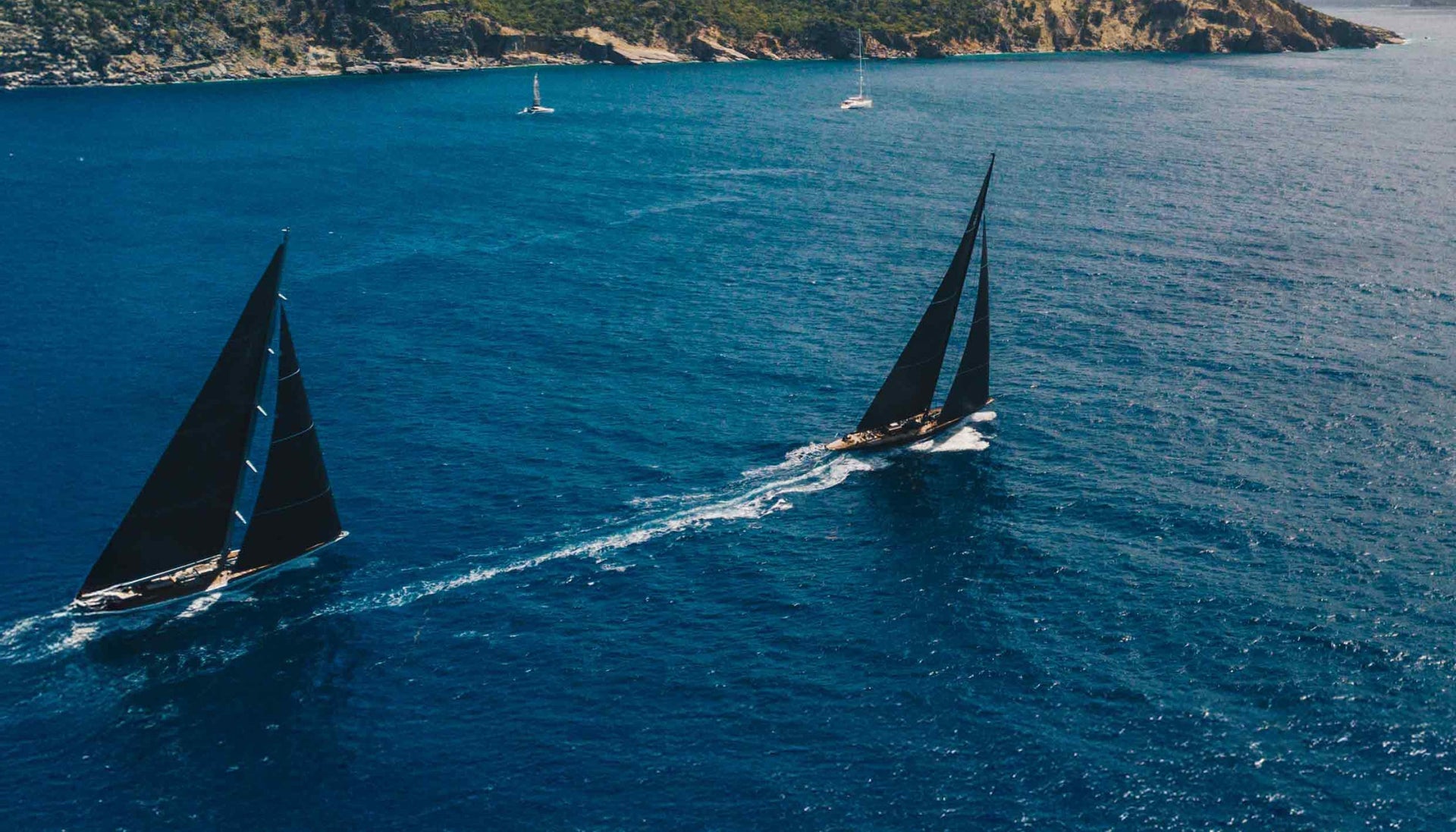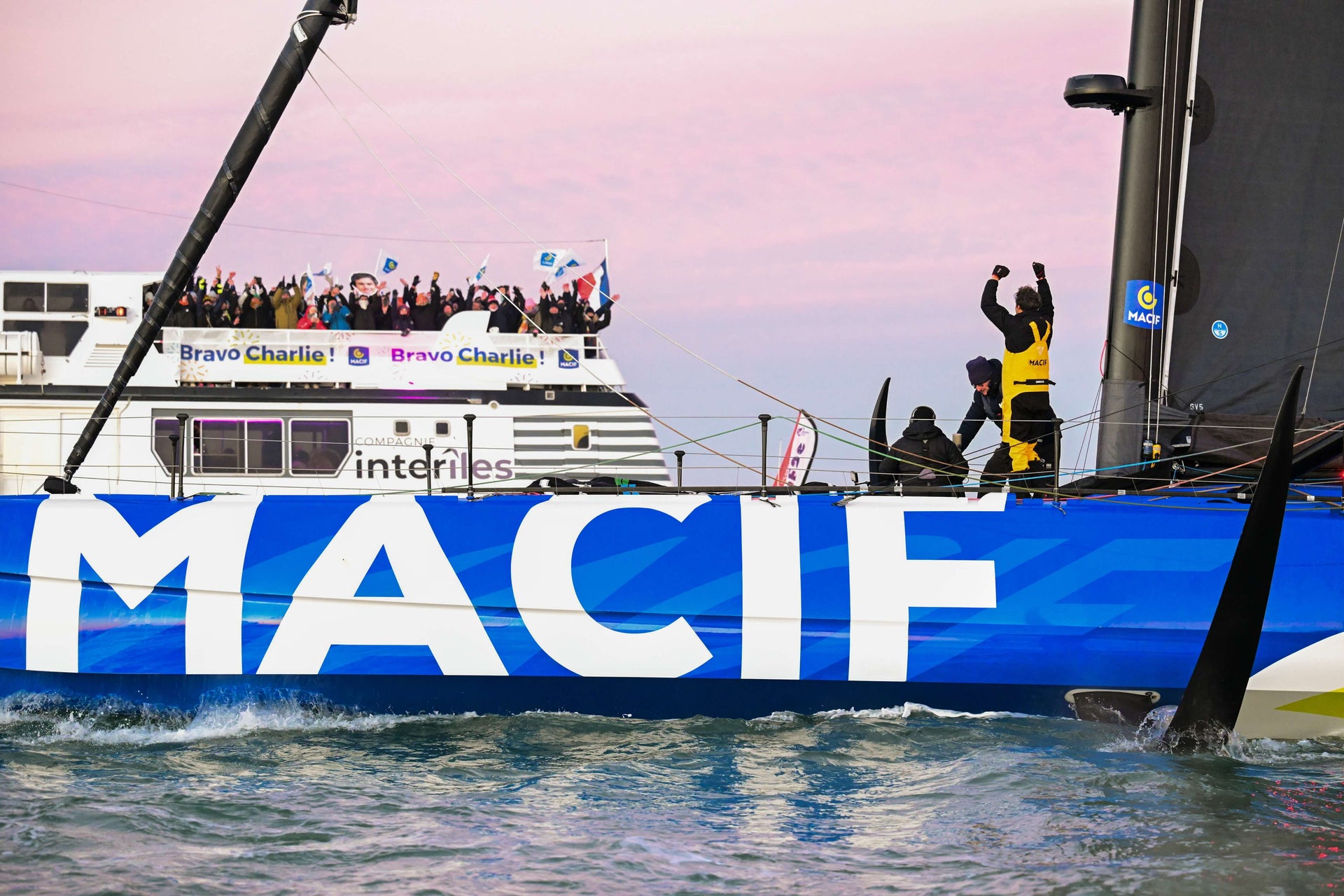VENDÉE GLOBE 2020 VIDEO SERIES: EPISODE 2
THE IMOCA TAKES FLIGHT
Vendée Globe 2020 – Episode 2

The Vendée Globe is a race exclusively reserved for the IMOCA, a 60-foot monohull machine built for racing. The open rule gives the naval architects great freedom of design when imagining the next generation of boats. A class known for technological experimentation, the IMOCA has seen radical innovations such as foils appear in recent years. These appendages, placed on either side of the hull, provide power, reduce drag, and propel the IMOCA to fly above the surface at speeds that were once inconceivable. In two decades, the modern IMOCA has shaved close to 40 days off a circumnavigation. The 2020 race start is on the horizon, and many of us onshore wonder- how fast these boats will fly?
In Episode 2 of our Vendée Globe 2020 video series, French sailor and storyteller Loïck Peyron explores the phenomenal high-tech advances of the IMOCA. Loïck brings us beyond visual appearances and dives deep into the construction and materials, most notably carbon, used in the boats. Today, the IMOCA is lighter, faster, and more reliable. The manufacturing methods of these boats are closer to those of airplanes than to sailboats. “We use the same terms, the same mathematical formulas and the same prediction and simulation tools as those used in aircraft,” stresses Loïck Peyron. Generally speaking, “the speeds of the boats have been multiplied by four in forty years.”







